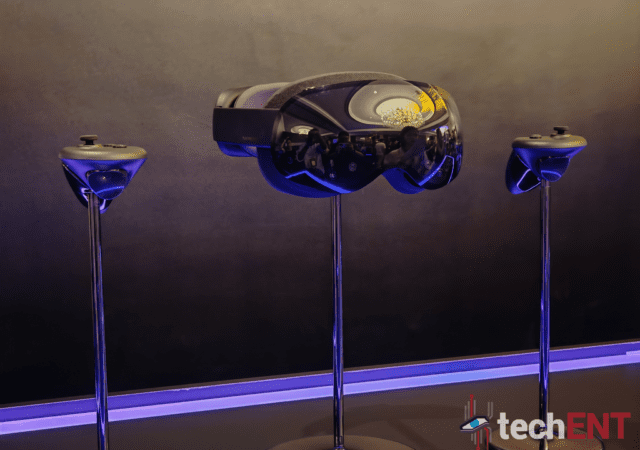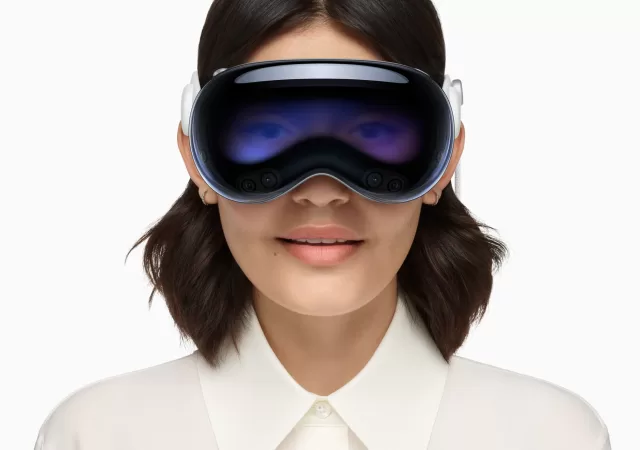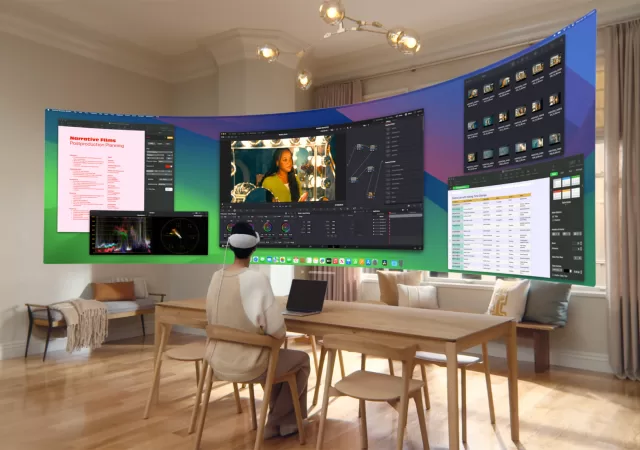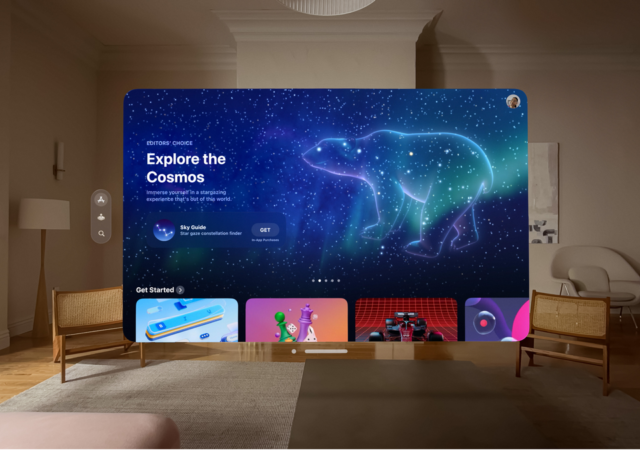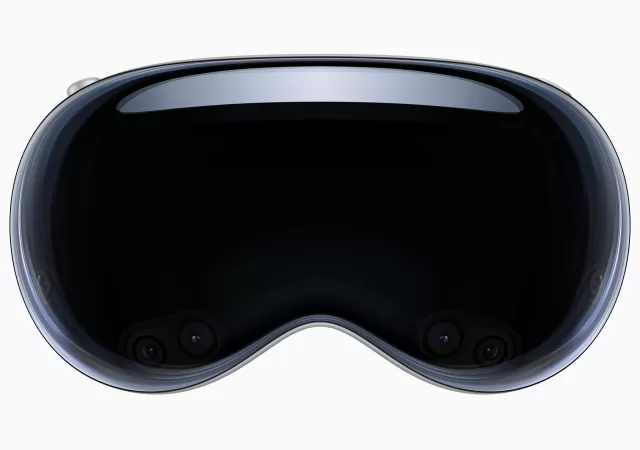Play for Dream Technology, a mixed reality company currently based out of China, is taking Apple’s Vision Pro head-on with its new Play for Dream MR. The new mixed reality headset is not only bringing a lot of the features…
Apple’s Vision Pro Headset Available in New Regions Starting June 28
Apple announces expanded availability for its popular Vision Pro augmented reality headset starting on June 28, 2024.
Apple Vision Pro Getting More Features with VisionOS 2
Apple reinvigorates the Apple Vision with visionOS 2 that brings improvements and new features that build on the headset’s successful launch.
Apple Vision Pro Will Seamlessly Integrate iPhone & iPad Apps
Apple’s upcoming Vision Pro will come with its own OS – visionOS – and it looks like it will seamlessly integrate apps from the iPhone and iPad.
[WWDC 2023] The Apple Vision Pro – The Apple Computer on Your Face
Apple introduces the Vision Pro, the first ever “spatial computing” experience in the world for a cool US$ 3,499.



